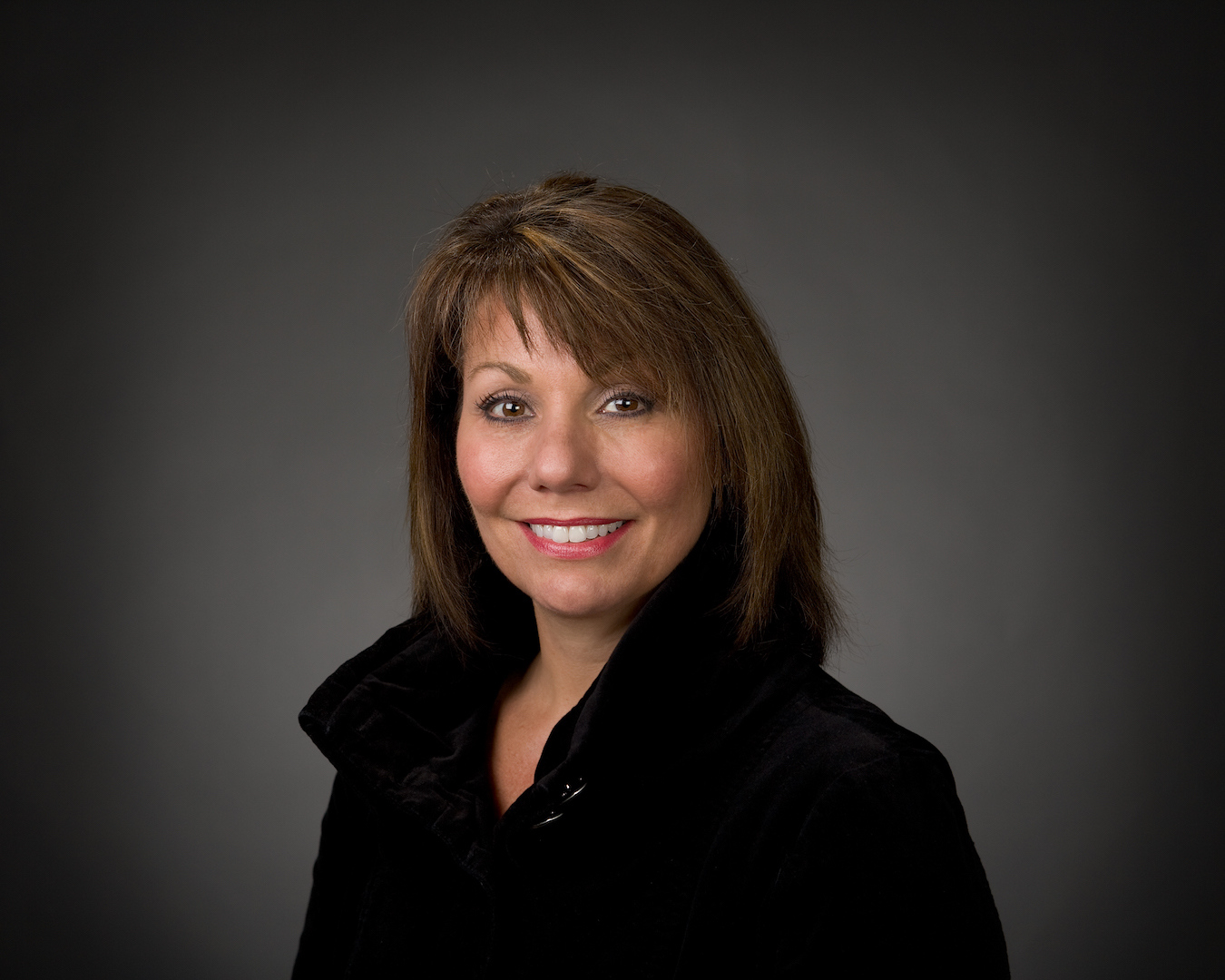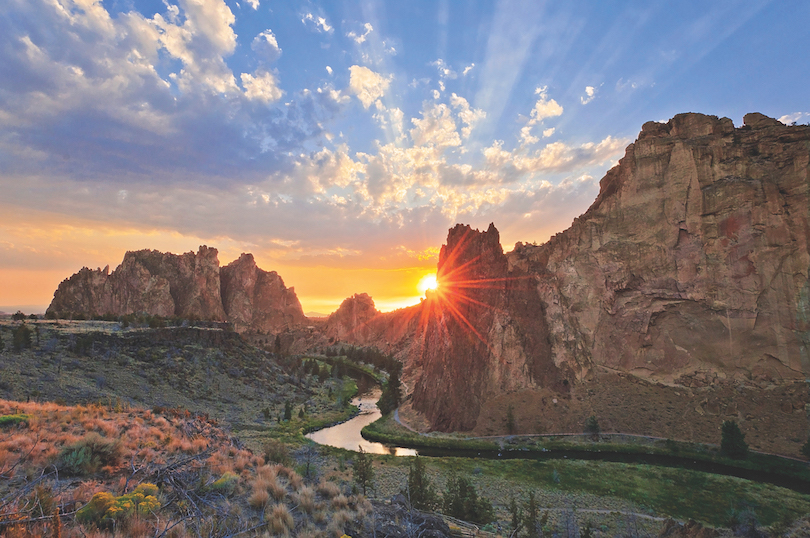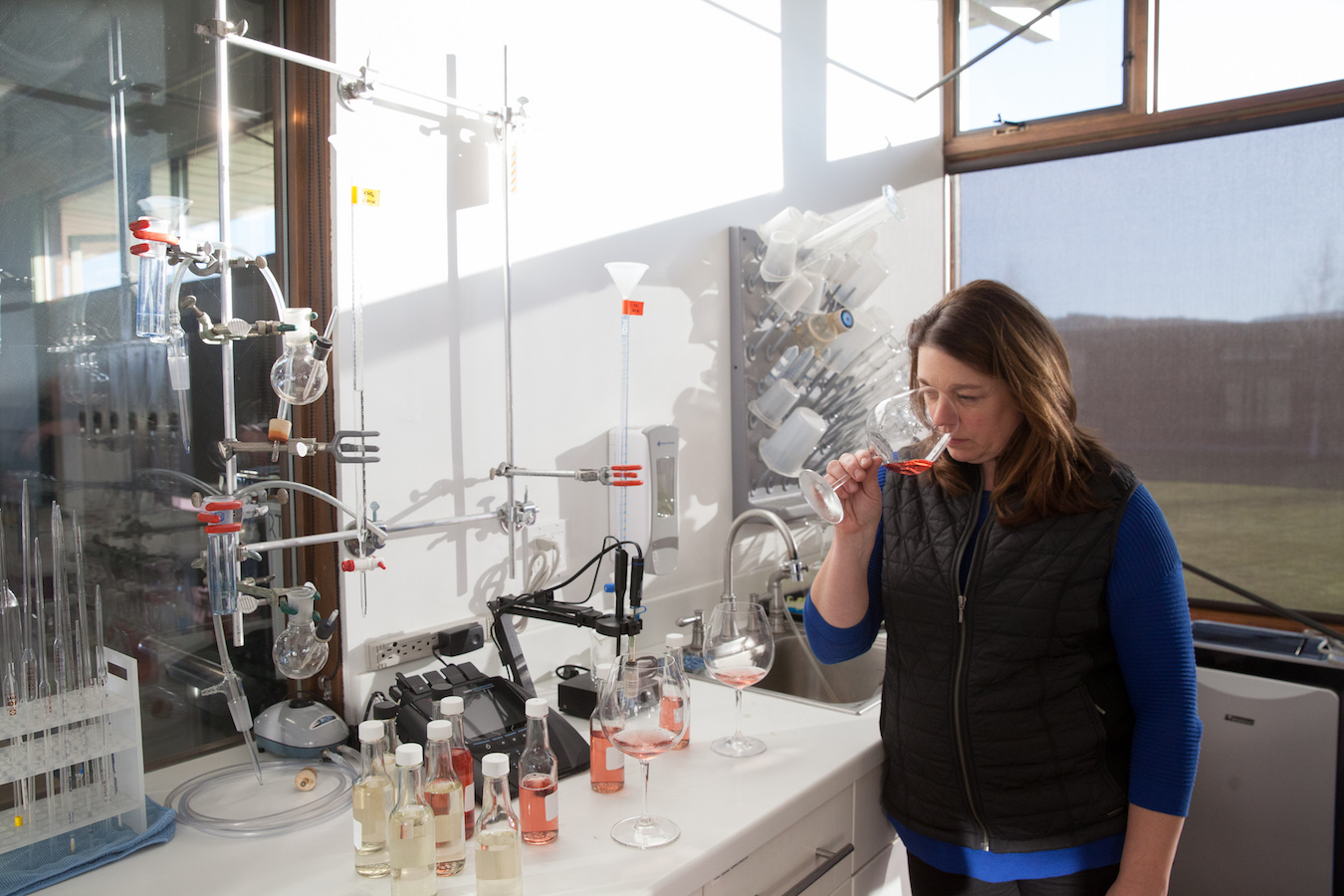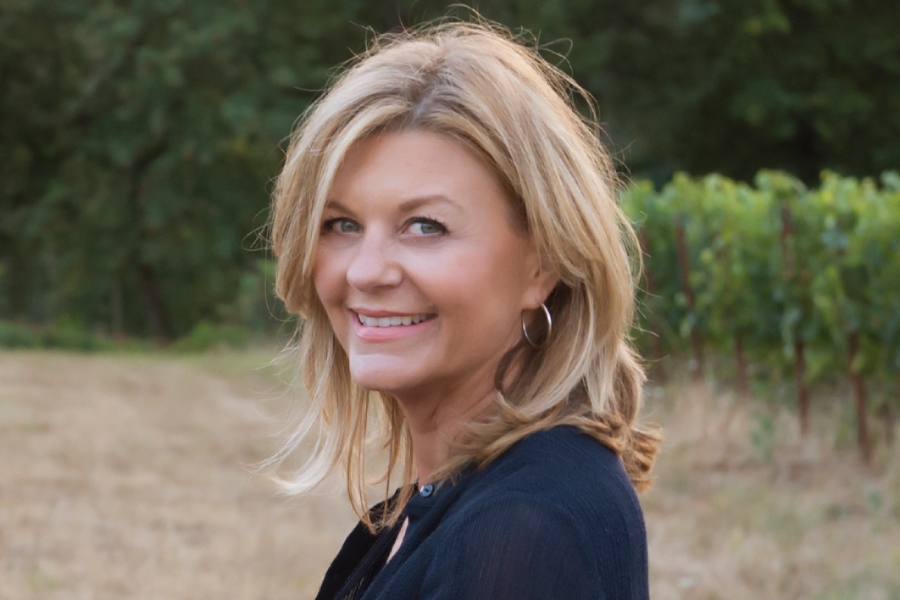When it comes to Oregon’s hospitality-and-tourism industry, a woman’s place is in the lead.
Before she became President and CEO of the Central Oregon Visitors Association, Alana Hughson was the hardworking daughter of innkeepers running B&Bs in Aspen, then Bend.
“It was all hands on deck,” she recalls. “There were four of us kids, and we were the housekeeping crew, breakfast crew, the landscaping crew. There was no outside help; we all did whatever it took.”
 Alana Hughson, president and CEO of Central Oregon Visitors Association, joined the organization 25 years ago.
Alana Hughson, president and CEO of Central Oregon Visitors Association, joined the organization 25 years ago.
Anna Maria Ponzi can relate. Today, she’s President at Ponzi Vineyards, but she grew up an Oregon farmgirl, working the land of her family’s 12-acre Sherwood vineyard in an era well before tasting rooms, when cool-climate wines were still an unproven commodity.
“Nobody knew what we were doing,” recalls Ponzi. “They thought we were a bunch of hippies making wine in our garages. We had to set up a shop and create an experience for adventuresome people who would find their way down our road and knock on our door to see what was inside.”
Switching linens, serving meals, tying down vines—it’s all in a day’s work when the family trade is hospitality and tourism. Hughson and Ponzi have long since grown, and so has the travel-and-tourism industry. It generated $11.3 billion and 109,000 jobs for Oregonians in 2016, according to a recent Dean Runyan Impact Study, and they’re good ones: those who begin their careers in tourism command average career salaries of $81,900, well above the national career average, notes a recent U.S. Bureau of Labor Statistics study.
Hughson and Ponzi work at the fore of this thriving Oregon industry, but each woman took a few instructive detours on her way. Hughson came to COVA 25 years ago after a decade-long policy work stint in Washington, D.C., and quickly realized marketing destinations isn’t so different from marketing legislation: it’s all about convening.
Capitol Hill circa the mid-’80s was a boy’s club, but Hughson thrived there under a female chief of staff who managed based on ability; not gender, and she leads COVA with a similar spirit. Women leaders are a valuable asset in any industry, she says: “[They] lead with a different compassion. And that provides a profound strength of leadership that is actually critical to a workforce environment.”
Central Oregonians are entrepreneurial, says Hughson, which has made it easier to rally residents around forward-thinking funding initiatives and infrastructure—things like lodging taxes and a thriving regional air service—as the area grows.
Tourism’s now a key regional economic driver, and COVA is committed to responsibly managing as well as marketing Oregon’s rich resources, she adds: “If we’re going to continue to be competitive as destination, we have to work not only on product development and diversification; we have to protect the resources that make us special.”
 Smith Rock State Park is one of many popular sites that make Central Oregon such a successful tourist destination. Photo: Jason Hall
Smith Rock State Park is one of many popular sites that make Central Oregon such a successful tourist destination. Photo: Jason Hall
At Ponzi, Anna Maria and her sister, Luisa, currently manage 130 acres of vineyard (Anna Maria heads operations, Luisa makes the wine) and they’ve got company, with around 700 neighboring wineries now populating the Northern Willamette Valley alongside Ponzi.
Like their parents before them, these sisters tend to experiment—they’re constantly playing with sustainable growing methods, winemaking techniques, and unconventional wine education and hospitality experiences. Ponzi’s goal, says Anna Maria, is to create “a place for visitors to come and really enjoy the surroundings and hear the story, and not just walk up to bar, take a swirl-and-sip, and grab a bottle to go. I felt the region deserved a bit more than that.”
 Luisa Ponzi develops Ponzi Vineyards’ wines.
Luisa Ponzi develops Ponzi Vineyards’ wines.
Wine is a male-dominated industry, but Anna Maria draws pluck and determination from her mother, Nancy, and the band of pioneering women who birthed Oregon wine those decades ago. Cultivating wine grapes is a long game, and while the men worked day jobs to fund the nascent operations, says Ponzi, those women were out in the vineyards, working, watching, and developing the techniques that would guide winemaking in Oregon for years to come: “That part of the story is sometimes forgotten. It if wasn’t for those women, there’d be no wine industry. The guys would still be in the garage trying to figure it all out. The packaging would probably be really ugly, too.”
Brand stories are paid content articles that allow Oregon Business advertisers to share news about their organizations and engage with readers on business and public policy issues. The stories are produced in house by the Oregon Business marketing department. For more information, contact associate publisher Courtney Kutzman.



